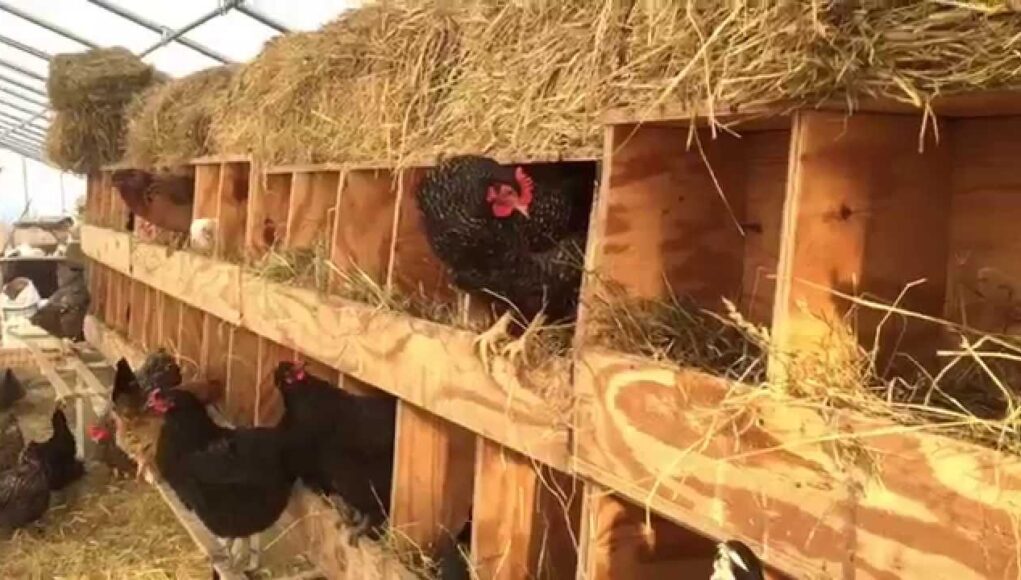When it comes to raising chickens, ensuring their comfort and productivity is paramount. One crucial aspect is determining the best direction for nesting box. Placing your nesting boxes in the optimal position not only enhances egg production but also ensures the hens’ comfort and safety. Let us dive into the key factors that make positioning so important.

Why Direction Matters
The direction of your nesting box can significantly impact the well-being of your chickens. Chickens are sensitive to light, temperature, and disturbance, all of which can be influenced by the direction in which the nesting box faces. Proper placement can minimize stress and encourage hens to lay more eggs.
Influence of Light and Temperature
Chickens prefer a calm and dimly lit environment for laying eggs. Placing the nesting box away from direct sunlight helps maintain a stable temperature, reducing stress. Similarly, avoiding cold drafts ensures that the nesting area remains warm and inviting.
Minimizing Disturbances
Positioning the nesting box away from high-traffic areas within the coop can reduce disturbances. Chickens need a peaceful environment to lay their eggs. Therefore, it is essential to ensure that the nesting boxes are placed in a quiet part of the coop, away from feeding and watering stations.
Optimal Placement Tips
Determining the best direction for nesting box involves a few strategic considerations. Here are some tips to help you get started:
East or Southeast Facing
Many poultry experts recommend placing nesting boxes facing east or southeast. This orientation allows the boxes to catch the morning sun, which gently warms the boxes and encourages hens to lay their eggs early in the day.
Away from Predators
Consider the safety of your chickens by ensuring the nesting boxes are placed away from potential predators. Secure placement within the coop, especially in elevated positions, can protect eggs and hens from unwanted attention.
Height and Accessibility
Ensure that the nesting boxes are easily accessible to both the hens and the farmer. A height of about 18 inches off the ground is generally recommended. This height prevents hens from roosting on top of the boxes while still being reachable without difficulty.
Materials and Design Considerations
Beyond direction, the materials and design of the nesting box play a crucial role. Using organic bedding can enhance comfort and hygiene. For more on choosing the right bedding, visit organic bedding.
Ventilation
Proper ventilation is essential to keep the nesting area fresh and odor-free. For tips on ventilating nesting boxes, check out ventilating nesting boxes.
Design for Broody Hens
If you have broody hens, consider a design that accommodates their needs. You can explore more about this at broody hens.
Common Mistakes to Avoid
Even with the best intentions, some common mistakes can hinder the effectiveness of your nesting box placement:
Ignoring Sunlight
While some light is beneficial, too much direct sunlight can make the nesting box uncomfortable for hens. Aim for a balance that keeps the boxes warm but not overheated.
Overcrowding
Ensure that there are enough nesting boxes for your flock. Overcrowding can lead to stress and competition among hens, reducing egg production. Aim for one box per four or five hens.
The Role of Nesting Boxes in Egg Quality
Properly positioned nesting boxes contribute to better egg quality. When hens are comfortable and stress-free, they are more likely to lay consistently and produce eggs with strong shells.
Avoiding Broken Eggs
Positioning and design can prevent broken eggs. Learn more about this at avoiding broken eggs.
Conclusion
In summary, determining the best direction for nesting box is a vital aspect of effective poultry management. By considering factors such as light, temperature, and disturbances, you can create a conducive environment for egg-laying. A well-positioned nesting box not only enhances egg production but also contributes to the overall well-being of your flock.

FAQs
Why is the direction of the nesting box important?
The direction affects light exposure, temperature, and disturbance levels, all of which influence hens’ laying behavior.
How high should nesting boxes be placed?
Nesting boxes should be about 18 inches off the ground to prevent roosting and allow easy access.
Can the design of the nesting box affect egg quality?
Yes, a well-designed nesting box minimizes stress and encourages hens to lay high-quality eggs.
This article contains affiliate links. We may earn a commission at no extra cost to you.










